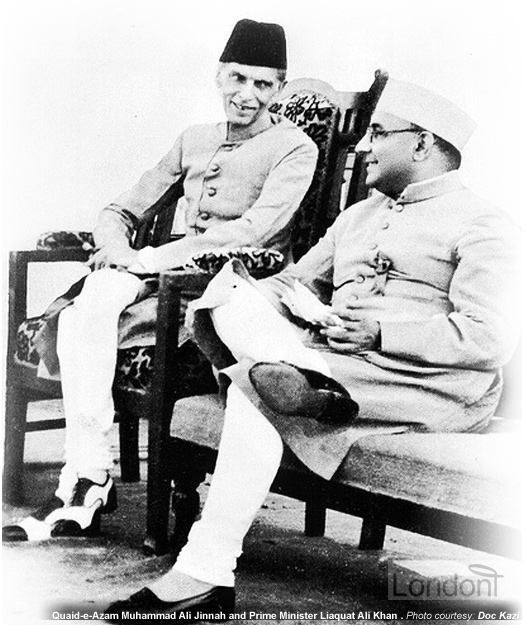Reference




OpenAI's Answer
The National Education Conference held in Karachi in 1947 played a significant role in the language controversy of Pakistan, especially regarding the medium of instruction in educational institutions. As Pakistan was a newly independent country, this conference set the stage for defining the national education system and addressing linguistic policies.
Key Points of Impact:
-
Medium of Instruction Debate: The conference emphasized the need to establish Urdu as the national language and as the primary medium of instruction in schools. This decision was controversial, particularly among Bengali speakers in East Pakistan (now Bangladesh), who felt marginalized by the imposition of Urdu over Bengali.
-
Resistance in East Bengal: The Conference's decision to prioritize Urdu led to significant resistance in East Bengal. This was a precursor to the Bengali Language Movement (Bhasha Andolon), wherein Bengali speakers demanded the recognition of Bengali as a state language alongside Urdu.
-
Translation and Adoption Policies: There was a move to translate educational materials from English into Urdu, further pushing the policy to diminish the role of English and other regional languages in favor of a unified national language, Urdu.
-
Political and Educational Inequality: The conference’s decisions reinforced the divide between the Urdu-speaking elite and the non-Urdu-speaking populations, exacerbating educational and socio-political inequalities.
 Image Source: SlideShare
Image Source: SlideShare
These outcomes of the National Education Conference in Karachi had lasting impacts on the linguistic landscape of Pakistan and contributed significantly to the language controversy that influenced the country's educational and political narratives.
Follow Up
Related
Which international conferences and institutes has Brenda J. Lutz presented at?
Question 1 [50 marks] Case Study 1: CSR Project Gone Wrong Jadec Consulting is a software firm ope
Question 1 [50 marks] Case Study 1: CSR Project Gone Wrong Jadec Consulting is a software firm ope
What schools are in the North Jersey Super Football Conference?